The vegan recipe for Vegan Millet Dumplings:
servings – 20 dumplings
Fillings
Millet
- 2 cups sticky millet (wash, soak in water for 1 hour and drain)
- 2 cups non-sticky millet (wash, soak in water for 1 hour and drain)
- 2 tbsp soy sauce
- 2 tsp salt
- 1/2 cup vegetable oil
- 1 cup water
- Heat vegetable oil.
- Add all the other ingredients and stir to mix well.
- Briefly cook, dish out, place in a big bowl and set aside.
Hulled Mung Beans
- 2 cups hulled mung beans (wash, soak in water for 2 hour and drain)
- 1/2 tsp salt
- 1/4 cup vegetable oil
- Heat vegetable oil and saute hulled mung beans until the oil is absorbed.
- Add salt and stir evenly.
- Dish out, place in a big bowl and set aside.
Textured Vegetable Protein (TVP) Cubes
- 2 cups textured vegetable protein/TVP cubes (soak in water until soft and squeeze them to remove the water)
- 3 tbsp nutritional yeast flakes
- 2 tbsp curry powder
- 1 tbsp peanut butter
- 2 tbsp soy sauce
- 1/2 tbsp salt
- 3 tbsp vegetable oil
- Heat vegetable oil.
- Saute curry powder and peanut butter until fragrant.
- Add salt, soy sauce and nutritional yeast flakes; mix evenly.
- Add TVP cubes and stir-fry until well mixed.
- Dish out, place in a big bowl and set aside.
Wrapping
- 20 fairly large-sized fresh turmeric leaves or 40 dried bamboo leaves (wash, blanch in boiling water, transfer the leaves to cold water, briefly soak and drain)
- 20 X 1 meter thick cotton thread (divide into 2 bunches and tie a loop on the top of each bunch of threads for hanging up the dumplings)
- Kindly refer to our ‘How to Wrap Vegetarian Chinese Rice Dumplings/Zong Zi’ video below for the steps of wrapping the Vegan Millet Dumplings.
Cooking
- Place the dumplings in a large pot and fill with adequate water to cover them.
- Bring to a boil.
- Simmer over medium heat for about 2 hours.
- Remove, drain and serve.
- Enjoy!



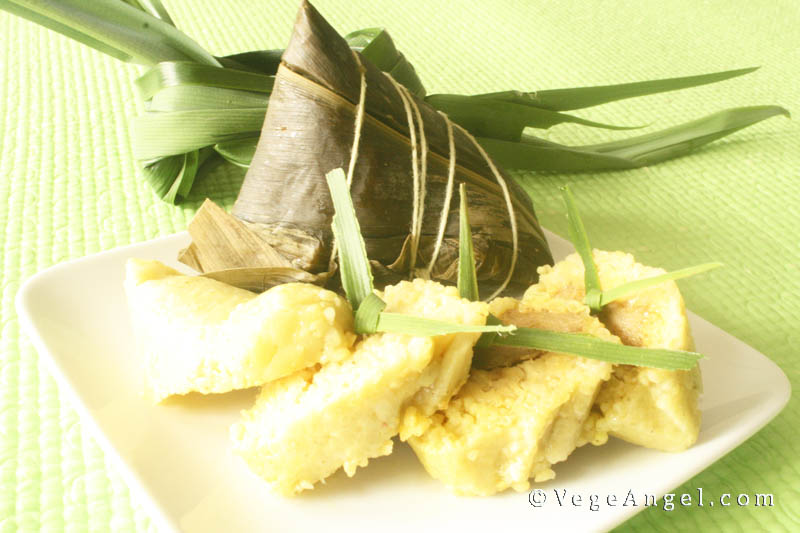
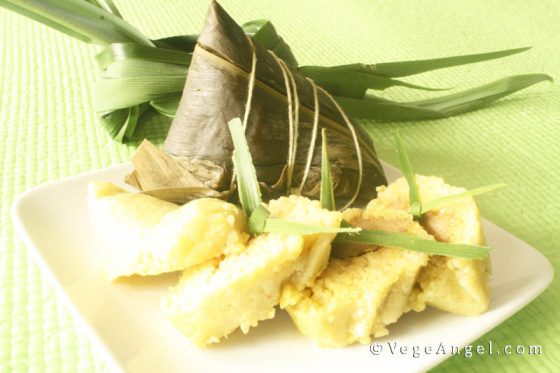
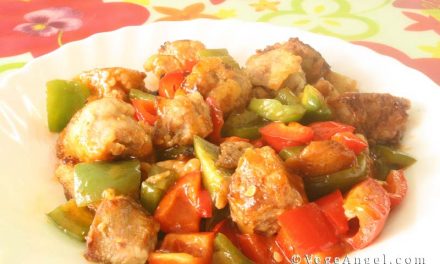
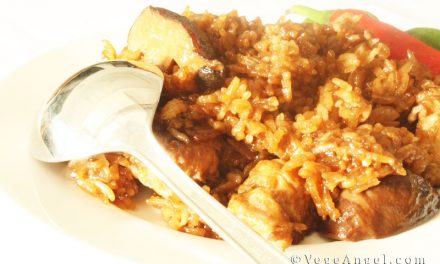
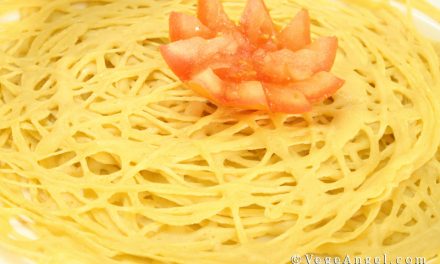
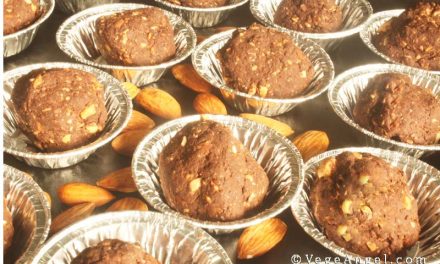

In the recipe , for Vegan Millet Dumplings , you list ‘sticky’ millet and ‘non-sticky ‘millet. However you recommend soaking them for the same amount of time. I thought the soaking of the millet is what made it “sticky”.
Wouldn’t the non-sticky millet be left dry – without soaking ? What is ‘sticky’ millet? What is ‘non-sticky’ millet.
Please explain distinction between ‘sticky’ and ‘non-sticky’ millet.
I am confused.
Please and Thank you.
Hi Chris,
Thanks for questioning. 🙂
The purpose of soaking the millet isn’t to enhance it’s stickiness but to reduce the cooking time. One of the differences between the two types of millet is their texture, cooked sticky millet is sticky; while, non-sticky millet isn’t. In addition, sticky millet is similar to glutinous rice. If you would prefer a full mellow texture, you may replace the non-sticky millet with the sticky one. This also saves your time in searching it.
Here are the photo links of the sticky and non-sticky millet for your reference:
http://www.lohas.com.my/722-1316-thickbox/organic-sticky-hulled-millet.jpg
http://www.lohas.com.my/723-1317-thickbox/organic-non-sticky-hulled-millet.jpg
You shall be able to find them in a local organic grocery store.
Thanks and happy Sunday!
Regards,
admin
http://www.vegeangel.com
* Follow us on Facebook > https://www.facebook.com/vegeangel for more veggie updates.